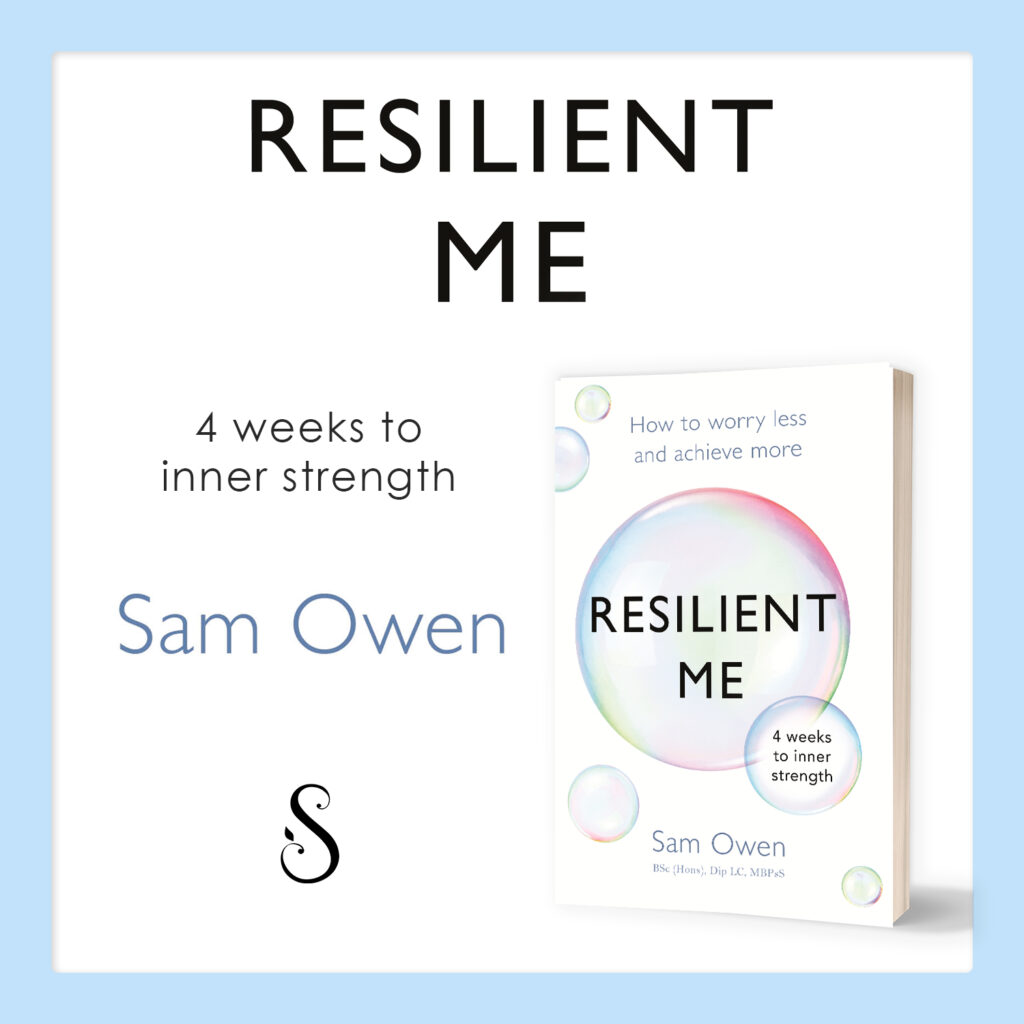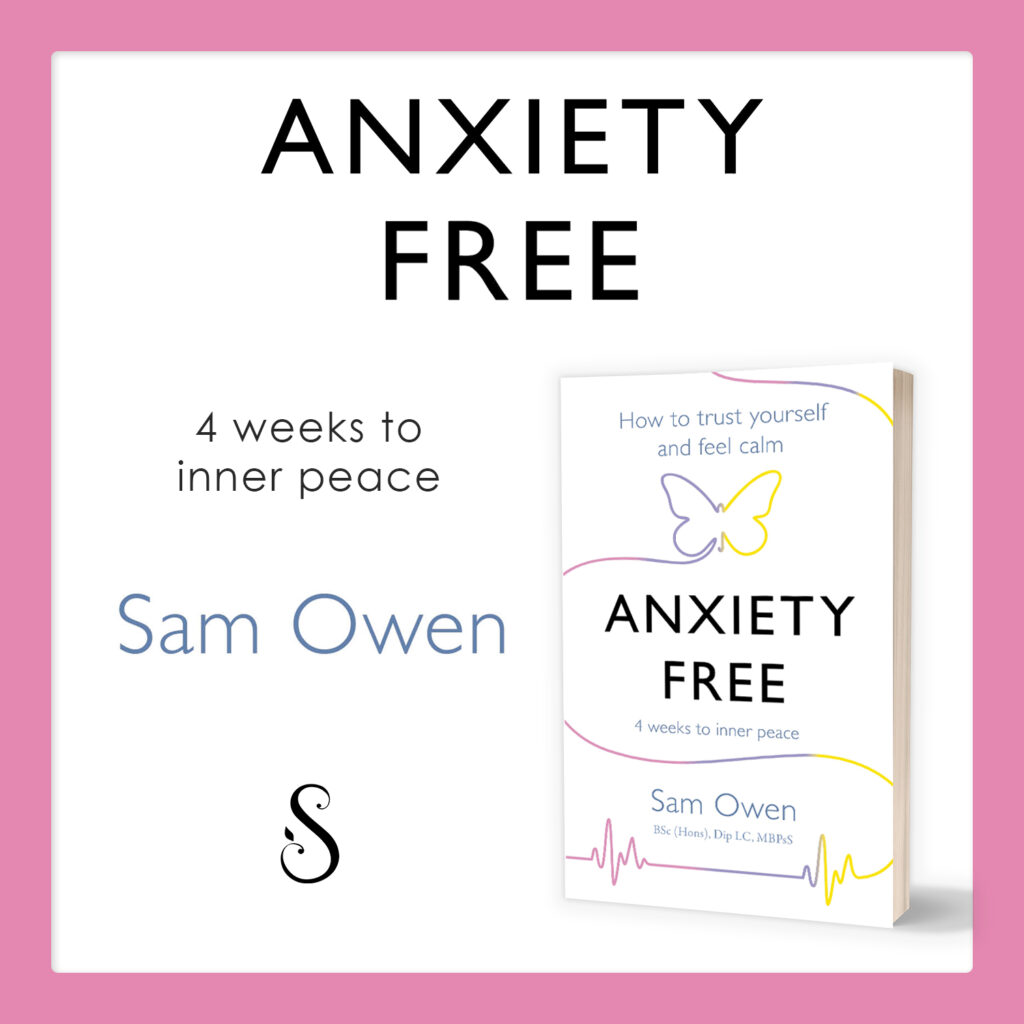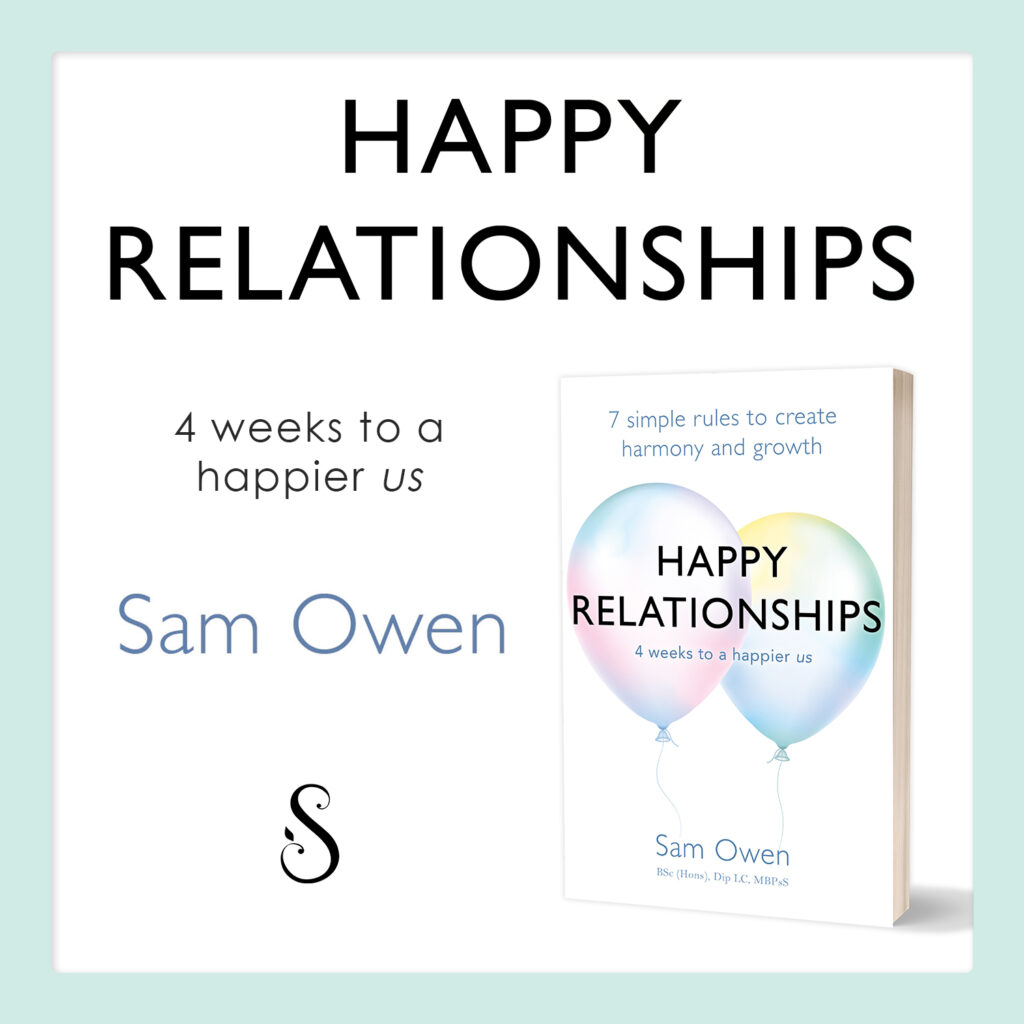
Whilst some people have a deeply fulfilling love that lasts a lifetime, some people have a love that, whilst enduring, may not create the happiness and satisfaction they desire as time goes by.
Sometimes life gets in the way, taking your attention away from one other. Children, work, finances, illness, drug habits, other people, accidents, bereavements.
And when you notice the connection changing, rather than explaining it away as just a normal part of life or distracting yourself from it, you have to acknowledge the relationship issues and address them head on.
For example, you might distract yourself by busying yourself with activities galore so that life feels full even though your romantic relationship feels somewhat lifeless, or you might be looking at (half naked) people on social media instead of addressing the missing passion in your relationship.
You’ve got to confront and aim to resolve your concerns, however scary that may seem.
Take charge of the role you’re playing
One partner could be committed, appreciative, loving, passionate and so on, but if the other partner is distracted for an extended period of time, the relationship will be troubled. It takes two to make a relationship work but it can take just one to break it.
So before you reach the point of no return – a place where at least one partner no longer wants to fix the relationship – notice the change early on and address it.
Assuming you and your partner are committed to staying together, there may be a novel way to intentionally increase your loving feelings for one another.
And the great thing is, you can do this exercise without even telling your partner you are doing it, if for example, you’ve noticed your loving feelings for your partner have been dwindling and you want to rectify it without worrying them (as a first port of call).
How researchers tested what increases feelings of love
Researchers conducted an experiment to see if looking at photos of one’s spouse increased loving feelings by comparing brain activity on an electroencephalogram (EEG) and obtaining self-reports from the participants on their infatuation, attachment, and marital satisfaction levels.*
To compare brain activity and self-reports with different behaviours, they showed the participants 25 photos on a screen and in some conditions they provided a sentence prior to each picture being shown to help regulate their feelings about the upcoming picture, e.g. ‘Think of something sweet your spouse did’ (photos of spouse) and ‘This man is celebrating his 100th birthday’ (photos of something pleasant).
They compared the results from five different conditions in the study so as to assess whether, if participants reported increased feelings of infatuation, attachment, and marital satisfaction, they were the result of having seen photos of their spouse or simply due to seeing pleasant pictures or due to being instructed before each picture to have a positive feeling about the upcoming picture.
In other words, does inducing positive emotions in general, with the use of words or images, make you feel more marital satisfaction and love for your spouse or do you feel more marital satisfaction and love for your spouse because you saw photos of your spouse.
The five experimental conditions
To determine exactly what was at play here, these five conditions were tested:
- spouse photos with regulation,
- pleasant pictures with regulation,
- spouse photos with no regulation,
- pleasant pictures with no regulation, and
- neutral pictures with no regulation.
In each condition, they looked at the amplitude of the late positive potential (LPP) on the EEG to determine how emotionally aroused and, thus motivated towards their spouse, they were. And they also took self-reports from the participants on their feelings of infatuation, attachment and marital satisfaction after each condition.
Looking at your spouse’s photos has a power
Looking at photos of one’s spouse increased infatuation, attachment, and marital satisfaction in comparison with looking at pleasant or neutral pictures in the no regulation condition.
And even though marital satisfaction ratings were high in all five conditions, participants felt even more satisfied with their marriage after viewing spouse pictures than in the other three conditions involving viewing pleasant or neutral pictures.
Importantly, increasing positive thoughts in the two regulation conditions, did not further increase participants’ infatuation, attachment, and marital satisfaction.
Furthermore, the LPP amplitude, which measured attention, was greatest in response to the spouse pictures.
And thinking positively about the spouse before spouse photos were presented did not increase the LPP amplitude any further.
The researchers conclude that viewing spouse pictures alone is enough to increase love and marital satisfaction and is not due to an increase in positive emotions in general.
The takeaway: merely looking at photos of your spouse could help you to increase your feelings of love for your spouse and feelings of marital satisfaction, over time. This simple strategy could be utilised to counteract the negative effects of life events and relationship-sabotaging habits that decrease your love and marital satisfaction over time.
Of course, you should also address those relationship sabotaging habits so that you can eliminate them. For example, spending too much of your attention on other people and things that aren’t as important as your partner and your relationship with them.
How you could replicate this exercise yourself
You could either simply make the effort to look at photos of your partner regularly, or you could use aspects of the experimental methods and make the exercise an ongoing activity, as suggested below.
The photos:
The photos were non-intimate/non-explicit and of their entire body or just parts of it (e.g. their face) and could include various facial expressions. The photos can be of the two of you, your spouse with others, or just your spouse on their own.
The frequency:
Twenty-five photos were viewed per session with each photo viewed for one second.
So create a folder of the 25 digital photos in your phone or on your laptop, or create a physical folder of 25 printed photos.
You may like to have 2 or 3 digital/physical folders of 25 photos in each and alternate the folder each time you do the exercise.
You could do this exercise once every 3 days, 7 days or 14 days and see how it makes you feel after completion.
Testing how in love you feel:
To help yourself gauge how in love you feel, answer these two questions from the study immediately before and after competing the exercise (NB: I’ve tweaked the 1-9 scale to be a 1-10 scale):
How infatuated with your spouse do you currently feel? (1 = not infatuated at all, 10 = very much infatuated)
How attached to your spouse do you currently feel? (1 = not attached at all, 10 = very much attached)
Record, monitor and tweak:
Create a log of your before and after ratings along with any additional notes you think might be worth capturing, with the date and time, each time you do it. This way:
- You might discover that the exercise is most helpful to do when you are relaxed or that it helps you resolve things quicker post-argument.
- You might find it works best to increase or decrease the frequency.
- You might notice that over time, the before and after ratings increase, reflecting an overall improvement in your feelings of love.
Ad hoc you can also capture other things you notice, such as fewer arguments over time, more empathy from your partner, feeling less anxious about the relationship, and so on.
Remember the promising research findings
Remember, this study found that the simple act of viewing photos of your spouse increases love and marital satisfaction, unrelated to positive emotions about other things going on in your life.
So if you’re finding that the love and marital satisfaction between you and your partner has been dwindling, use this exercise to help you.
Even if you feel that your partner isn’t pulling their weight, your change of emotions will trigger changes in your behaviours which could then trigger a change in their emotions and behaviours towards you. All of which will inevitably alter the outcomes you both achieve.
And, of course, be proactive in other areas of your relationship too.
Final thoughts from the lead researcher

Finally, I thought it would be nice to hear from the lead researcher, Sandra J. E. Langeslag.
There is a thoughtfulness to this study that you don’t find everywhere. As such, I got the feeling this topic really interests Sandra which just made it even more enjoyable to read.
So, here is a short interview with Sandra J. E. Langeslag herself:
Sam: ‘Were you surprised by the results?’
Sandra: ‘Yes, we were! We were surprised that such a simple strategy as looking at pictures of the spouse increased love feelings and marital satisfaction. And also that thinking about positive aspects of the spouse did not increase love feelings and marital satisfaction any further.’
Sam: ‘What made you want to study this particular topic?’
Sandra: ‘About half a year before I started university, my high school boyfriend broke up with me and I was devastated. A few months later I met someone new, and I was head over heels. I kept thinking about what was happening in my brain that made me feel those very strong and opposite feelings. Then I started studying psychology and whenever I had to write a paper for a class, I always tried to write something about romantic love and the neurobiology of it (as long as it fit the assignment of the class). I noticed that while a lot had been written about this subject on the internet, there weren’t many scientific research papers to back all those statements up. At some point I thought: “Well, then maybe I can go do that research” and I’m so happy that that worked out.’
Sam: ‘Do you think the same findings apply to people who are in long-term relationships but not married.’
Sandra: ‘Yes, I don’t see why these findings wouldn’t apply to people in long-term relationships who are not married. We just decided to recruit married individuals for this study so that we could be reasonably sure that the participants were committed to the relationship lasting a long time.’
Sam: ‘Have you been recommending this strategy to the people you meet?’
Sandra: ‘Yes, although I’m not a clinical psychologist or counselor, so I don’t see any clients that I could recommend this too. Instead, my recommendations are made mostly in interviews with the media and I hope that the general public find them helpful.’
Sam: ‘How has the response been to your findings from the world at large?’
Sandra: ‘Most people think the research topic is very interesting, although some people think romantic love shouldn’t be studied because that will take away the magic and/or because love is all positive and hence doesn’t require any intervention. We know that romantic love affects virtually everyone and that when people fall in love, it affects them greatly. Also, while romantic love has many positive effects, it also has many negative effects (e.g., people who are in love are distracted, love can cause heartbreak, love and lust play a role in some mental disorders and in suicide, and sometimes love is a motivation for criminal behavior such as stalking or homicide). I hope research on romantic love can enhance its positive effects and reduce its negative effects, which will be helpful for so many people.’
I hope so too! As I’m sure many of you do!
So, enjoy trying this pleasant strategy to enhance your loving feelings and relationship satisfaction.
And remember that in this hyperconnected distracting world, being proactive about frequently focusing on your partner and not focusing too much on what is going on ‘out there’ may be the missing piece to ensure your lasting romance and happiness.
How To Communicate Better With Your Spouse
Reference
* Langeslag, S. J. E., & Surti, K. (2022). Increasing love feelings, marital satisfaction, and motivated attention to the spouse. Journal of Psychophysiology, 36(4), 199–214. https://doi.org/10.1027/0269-8803/a000294
Self-Help Courses Relationship Coaching Dating Coaching Anxiety Coaching Confidence Coaching

























